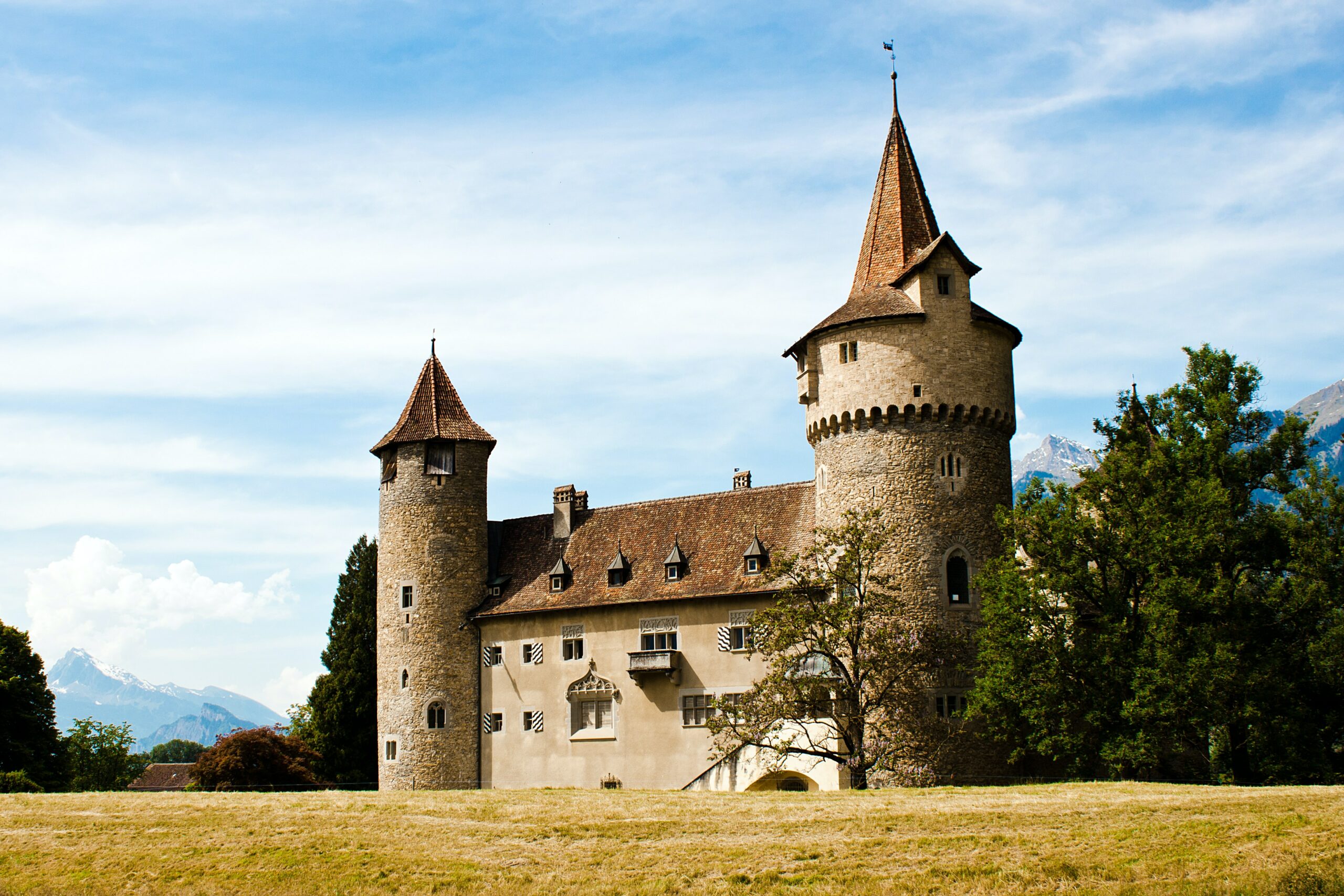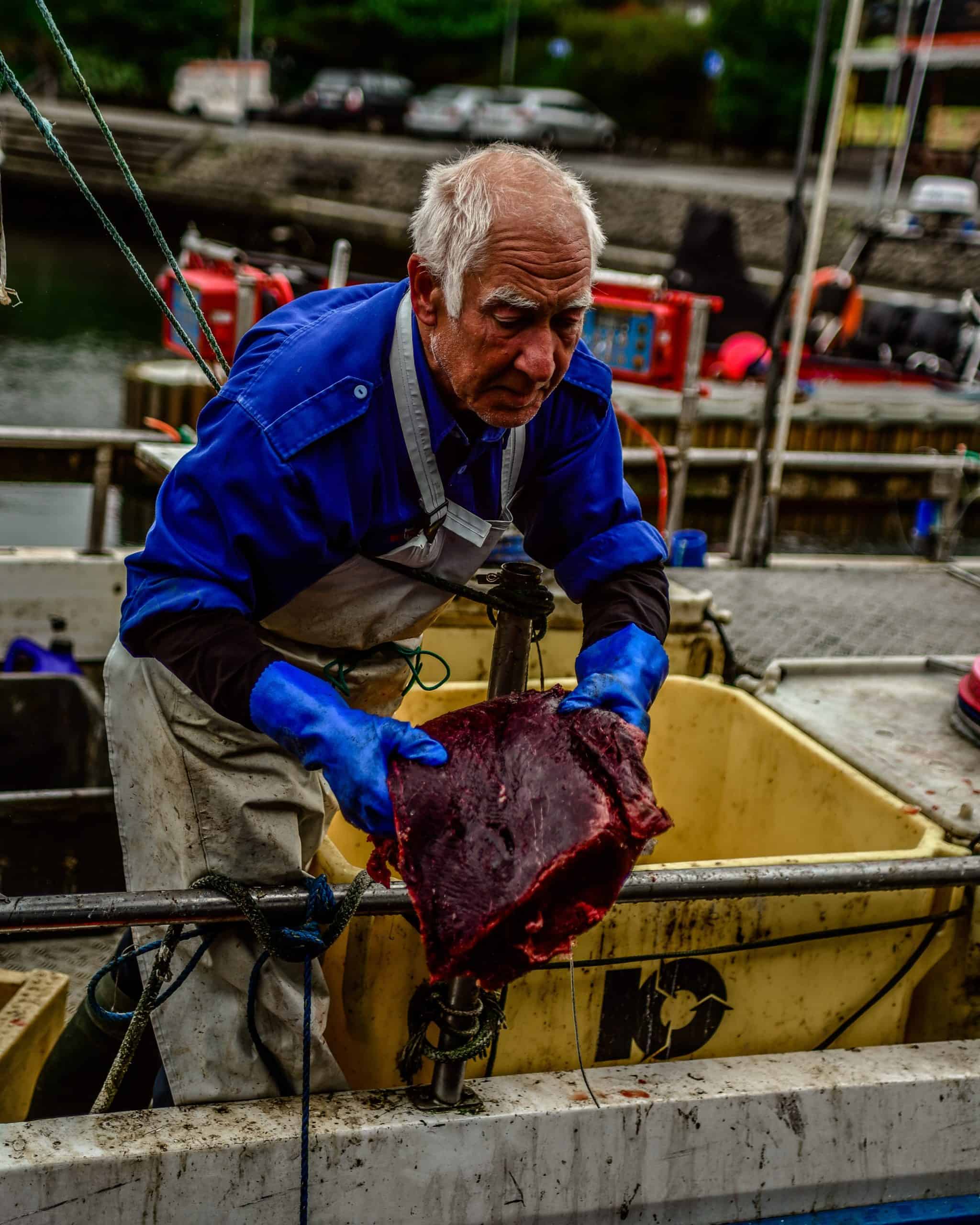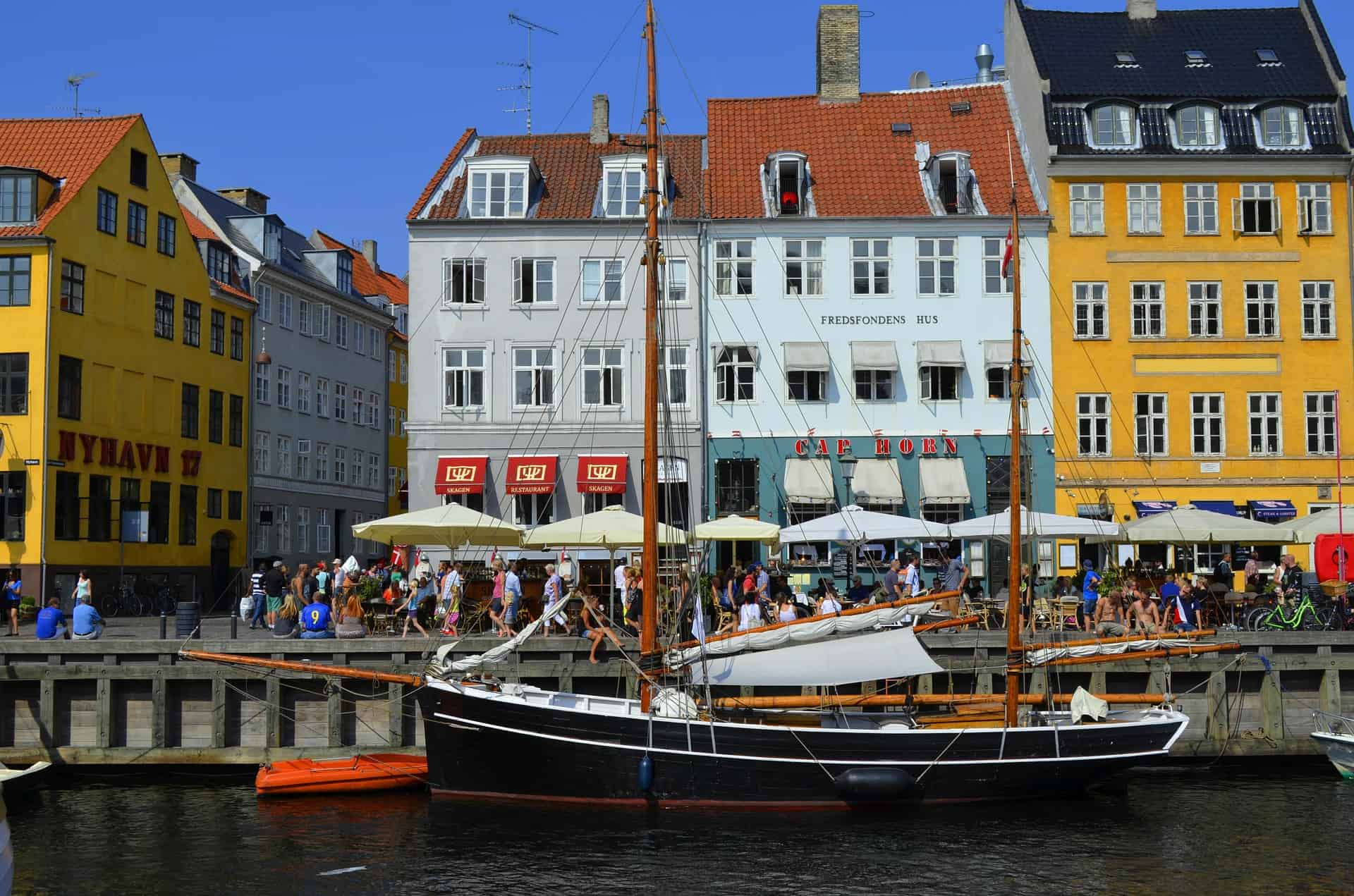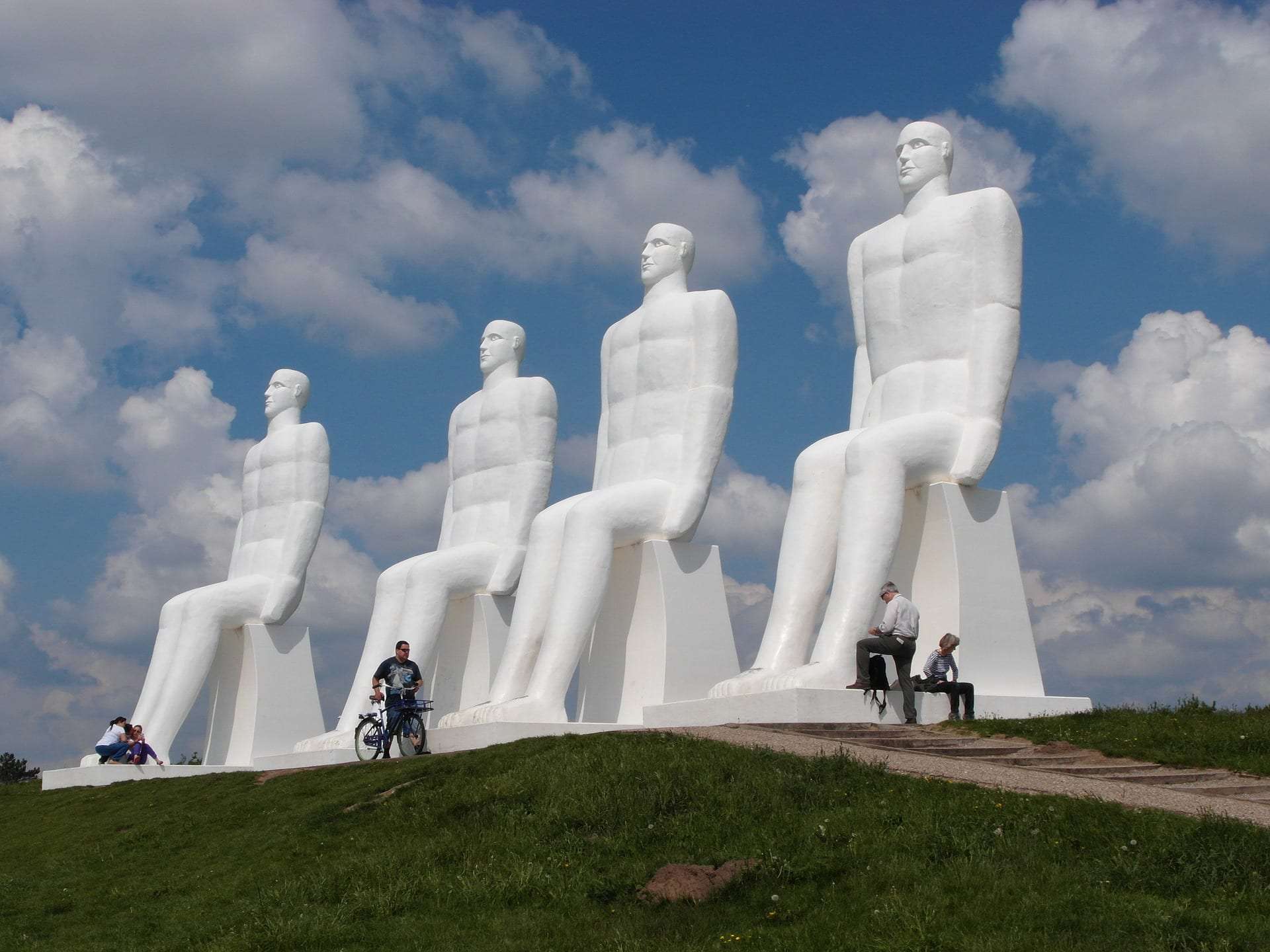Denmark never stops to amaze new visitors and returning ones alike with its rich history. Well, by any standards, the country has moved on to embrace modernity and the changes that comes with it yet even in that, history remains king. You walk through any major cities and see buildings built as per the Viking age designs still standing tall, some serving as museums and places where treasure troves lie. One place that amazes guests in Denmark is the Jægerspris Castle.
Located in the West of the beautiful city of Copenhagen, the castle remains as a standing emblem of the Baroque architecture. Aside from being a great landmark situated in the Hornsherred peninsula, the castle revives memories of monarchy in Denmark.
Copenhagen harbours elements of the Danish Monarchy
Not so many may make up the fact that monarchy was the order of administration in historical Denmark but if in doubt, Jægerspris Castle stands as an evidence of it.
Monarchy in Denmark has a very interesting history and many tourists come to the country to learn more about monarchs. The north end of Copenhagen, boasts of much greater things that are a cultural heritage for Denmark. For anyone who really wishes to reconnect with the past history of Denmark as well as its recent ones, the larger Zealand will never disappoint.
North Zealand attracts so many tourists each year; all for amazing reasons. No wonder so many of the hotels and accommodations in Copenhagen sometimes get full bookings in the peak tourist seasons ( between May and August). It has been christened the Danish Riviera as it continues to welcome the highest numbers of tourists.
Jaegerspris, a small town with so much
The guess is that you are likely to visit Copenhagen and experience its unique offerings. Now to make it easier, let’s zero in on Jaegerspris, a small town with a very small population, yet attracts very many to Denmark. It is not one of your typical popular cities in Denmark but it has a lot of history and Danish culture that you may want to explore. Here is where you meet the famous Jaegerspris Castle, one of the oldest castles in Denmark.
The design of its furnishings has existed from the time of King Frederick VII and Countess Danner. This is always a must see for many who visit this small town. Jaegerspris Castle has been a property of the Danish monarchs for the better part of its history dating right from the 13th century. Let’s find out what this castle has in store for you, the lover and explorer of Danish history. But even if you don’t love history, Jaegerspris Castle is quite an interesting topic that will make you yearn for more.
How Jaegerspris Castle came about
Until 1677, Abrahamstrup was the name of this estate before everything changed. Nobody has clear information though on whoever was named Abraham. But some perceived that the owner of the name must have been king Valdemar II’s son Abel.
Most of the Hornsherred during the 12th century belonged to the king. However, a more expansive source from 1318 ascertained that the estate was in the part of land that belonged to the crown.
Jaegermester Vincents von Hahn takes over the castle
It was in 1677 that the ownership of this castle was transferred to private ownership. Jaegermester Vincents von Hahn assumed the ownership of this place and named it Jaegerspris which is literallyDanish for Hunter’s Praise.
Just shortly after Frederick IV took over the throne in 1699, the castle was transferred back to royal ownership. The then king used the castle as his summer residence for some years but later transferred possession to his younger brother.
Johannes Wiedewelt built numerous monuments in the park
Around 1770, Johannes Wiedewelt, one of the greatest Danish sculptors came forth and built numerous monuments in the park. It was in commemoration of the famous Danish people. In the park you will see around 54 monuments as well as in the adjacent forest. In the castle’s park also lies Countess Danner’s burial mound and Frederick VII’s bust done by Herman Wilhelm Bissen.
It was during this time that Jaegerspris Castle was rebuilt into a different image. It was in 1854 during king Frederik VII’s birthday that he acquired the Jaegerspris Castle. Major renovation was done. After the king’s death in 1863, Louise chose to live a very private life but later opened part of the castle as a historic house and a museum.
The Hunters Prize Castle
Jaegerspris Castle is also commonly known as the Hunter Prize Castle and also one of the oldest castles in Denmark. History has surely paved ways for more information and knowledge and this is a complete leeway to learn about this Danish cultural heritage in North Zealand. Yes, Jaegerspris Castle has been in existence since the 13th century and in the 1850s it was a retreat for king Frederick VII together with his wife and queen, Countess Danner.
Frederick VII and Countess Danner’s Refuge
The two sought refuge in this castle to escape the debate that their marriage had borne among the Copenhagen establishments. After the king passed on, Countess Danner went ahead to convert the castle into a women’s asylum. However, today, Jaegerspris Castle is a historic house museum with a historical garden. It was Jaegermester Vincents von Hahn, who changed the name to Jaegerspris.
Kings and princes occupied the castle
Many kings, princes, and other persons have occupied this castle in the past, but by and large, the activities of King Frederik VII dominate the exhibition plus some drawn from his wife, Countess Danner. The exhibition partly mirrors so closely on how the two royals lived, their milestones and general activities.
If you wish to get in depth details about the two, it will be disappointing because not so much about their full stories make part of the display. It may be a perfect idea to have read other materials on the two or carry it along when visiting so that it becomes possible to join the stories from the exhibition into something whole.
Those who have been to the place can confirm that it is quite remarkable. Nonetheless, other kings also made contributions. Their bit of details is tucked in the north wing which unfortunately is out of bound to members of the public. Maybe some time in the future it will become open so people can piece together whatever details exist there.
What You Can See from Inside Jaegerspris Castle
While inside the castle, you get to meet the audience hall and the king’s study with the impressive collection pipes. The tower room and the day room exhibit the king’s large collection of weapons and the view of Countess Danner’s cabinet portraying very beautiful furniture.
Decorations in the sitting room
The catchy and outstanding decorations in the sitting room can’t miss any keen eyes. They for sure take visitors back to memories of the fashion and style which were signature marks of Countess Danner. The castle is a true manifestation of Denmark’s historical heritage. If you want to experience the 1850s interior design, come to Denmark and visit the Jaegerspris Castle.
An exhibition of the orphanage
You also get to see an exhibition of the orphanage set up by Countess Danner. It provides a memorable link to the critical role that the castle served in the 1920s all the way to ‘40s as an orphanage for children. This is a true reflection on the castle’s private orphanage contribution to Danish childcare. We can really recognise this because Children in Denmark get the best available attention from not only the government but also parents. The orphanage at this castle reinforced the sacredness of children welfare which makes it such a darling of guests.
On the castle grounds you also get to enjoy a cosy service at the small cosy café, café Danner after your massive sightseeing within the castle. Café Danner, warmly presents you with organic coffee and tea. It gets even enticing to savour delicious cakes and a mouth watering lunch. A small shop also operates within the castle grounds with lots of gift ideas so that a guest can pick one or two as a memento. .




